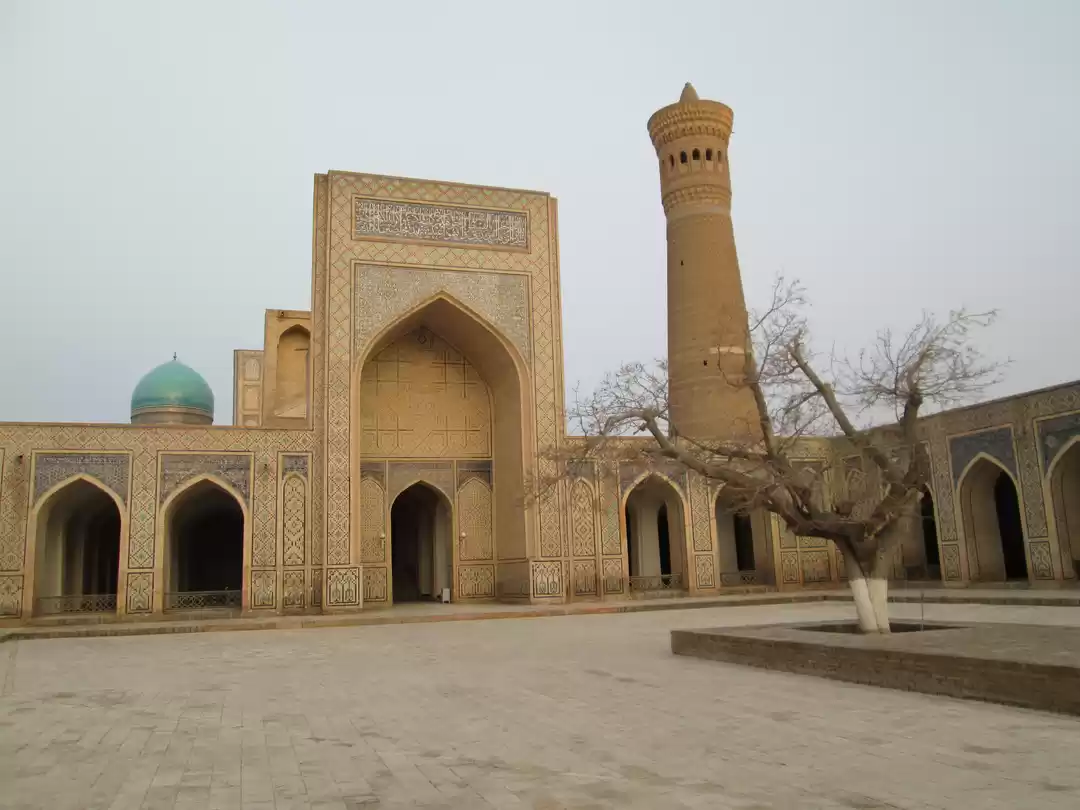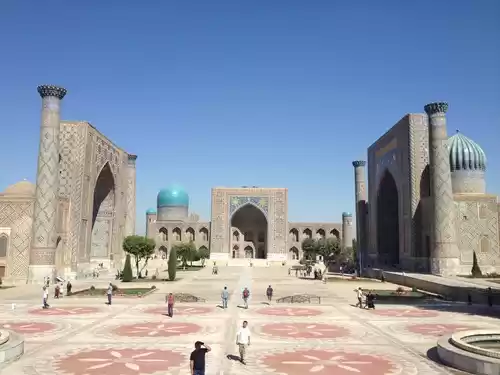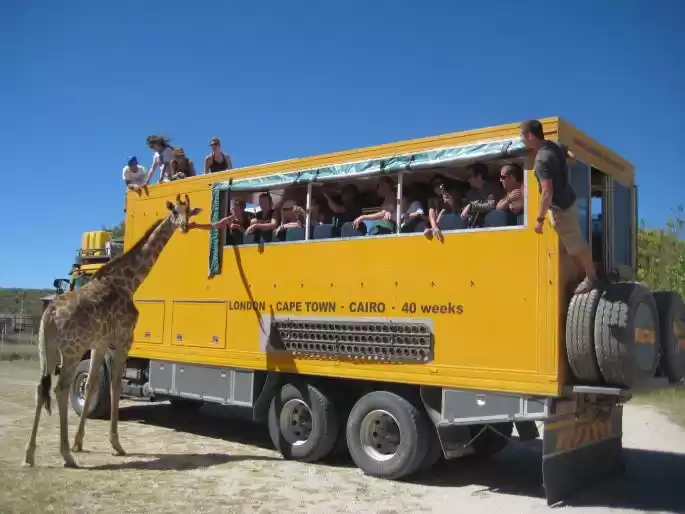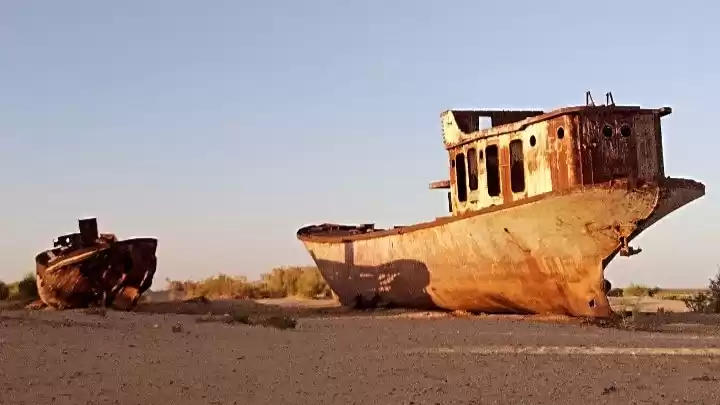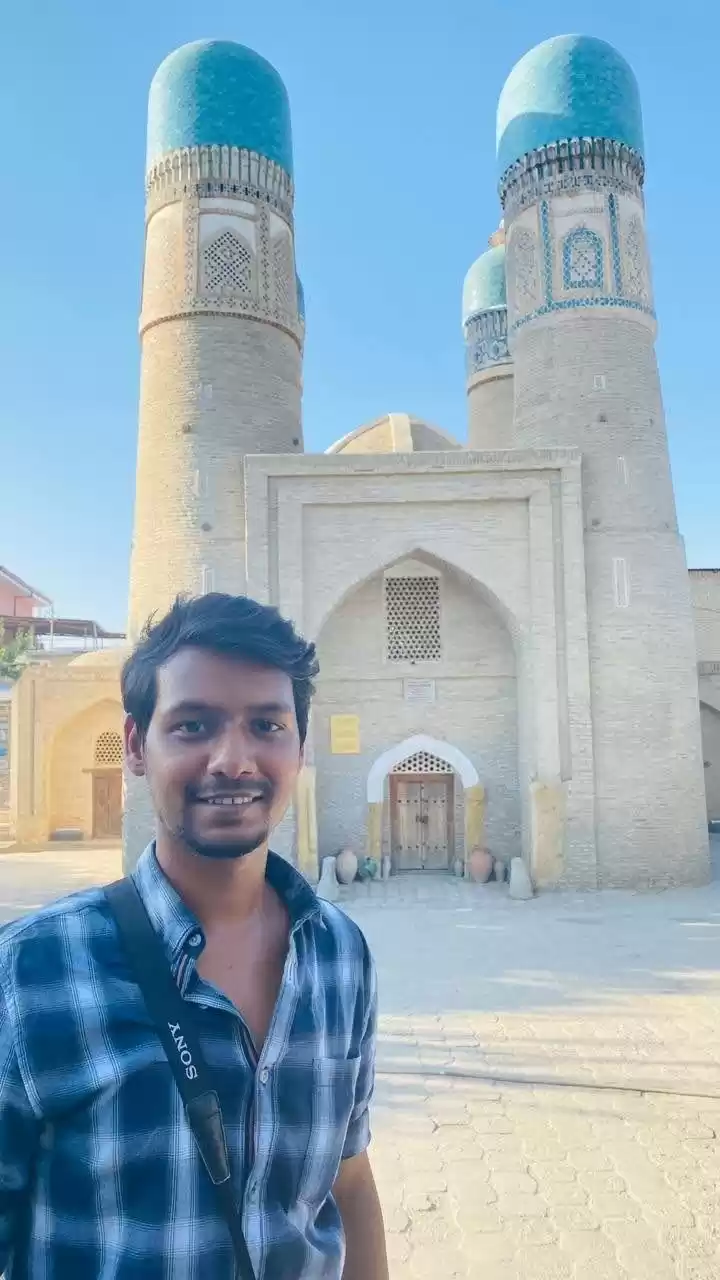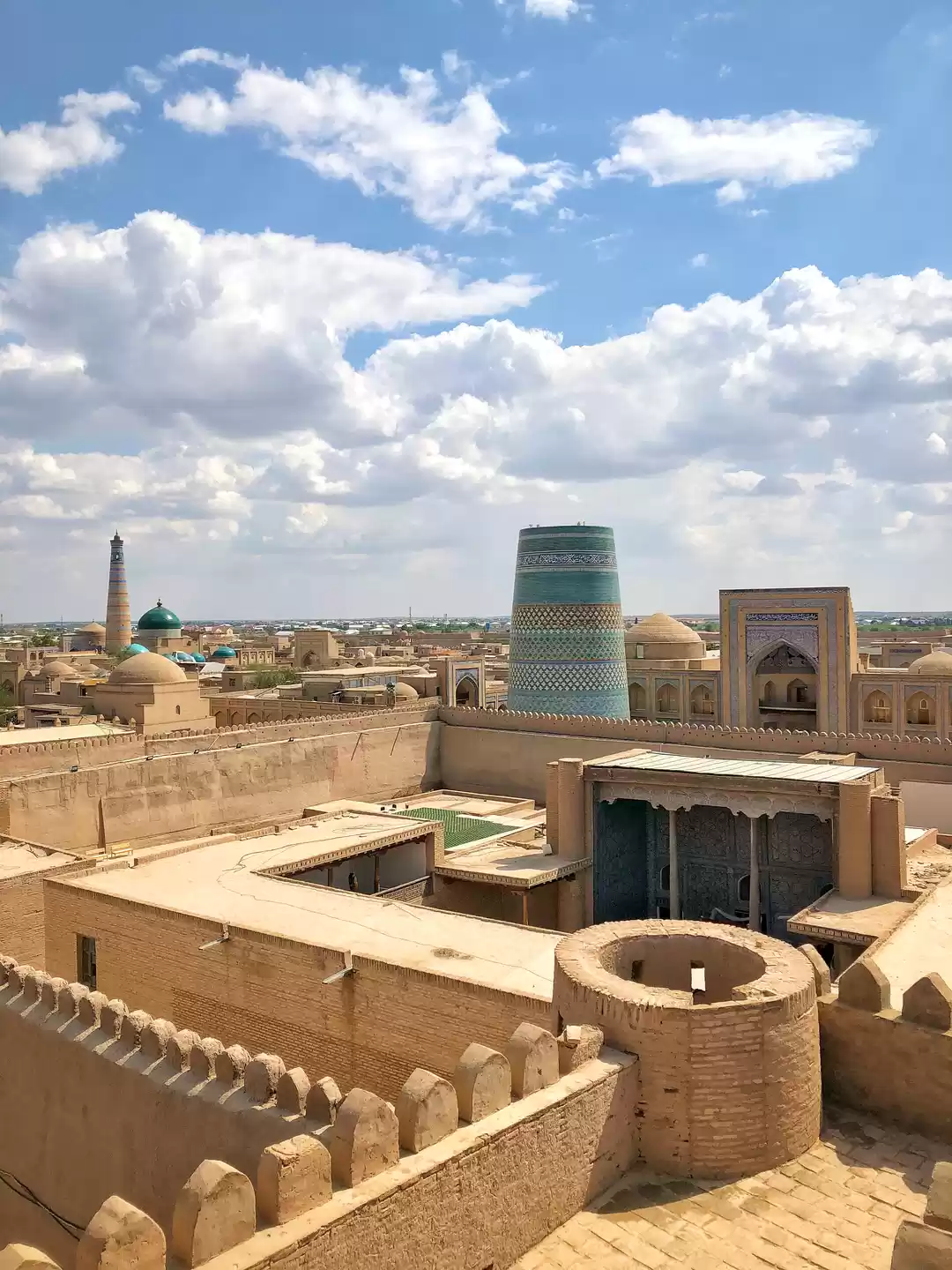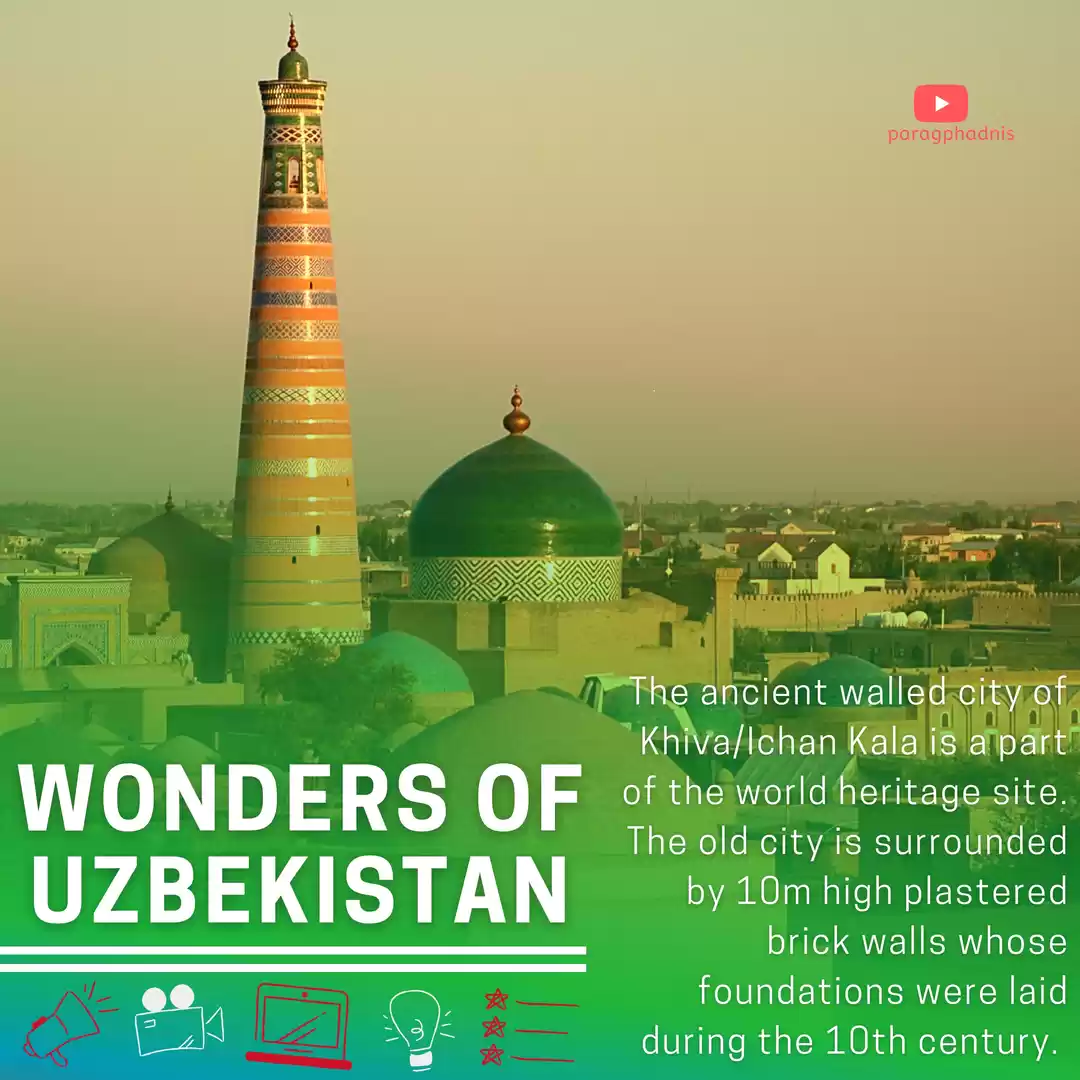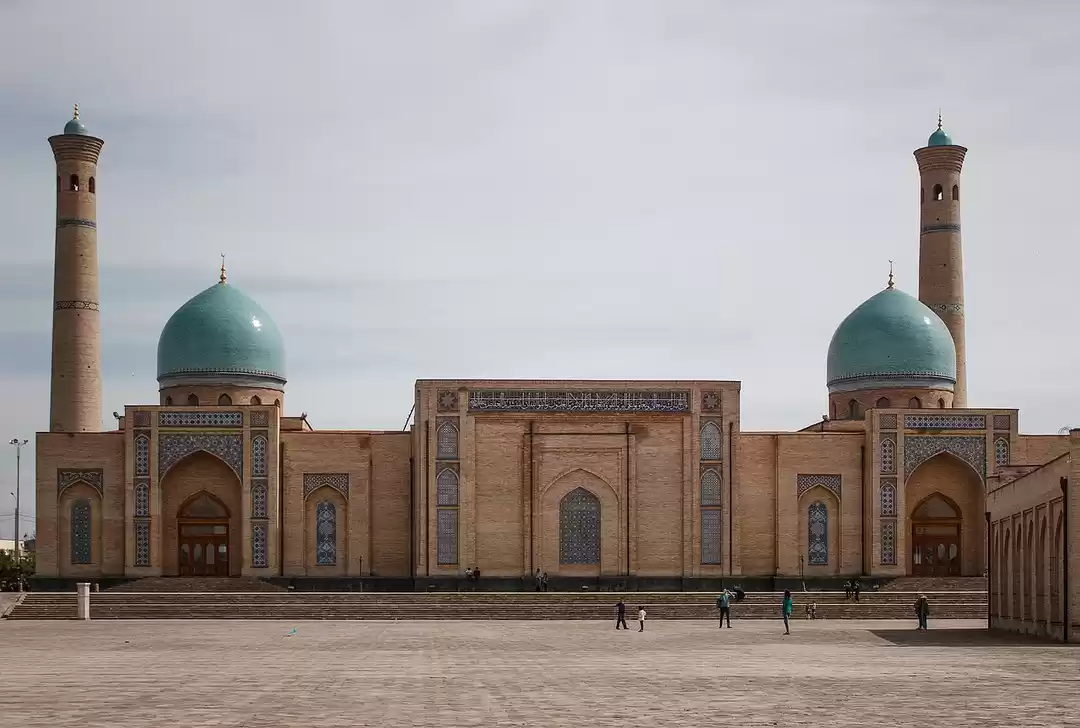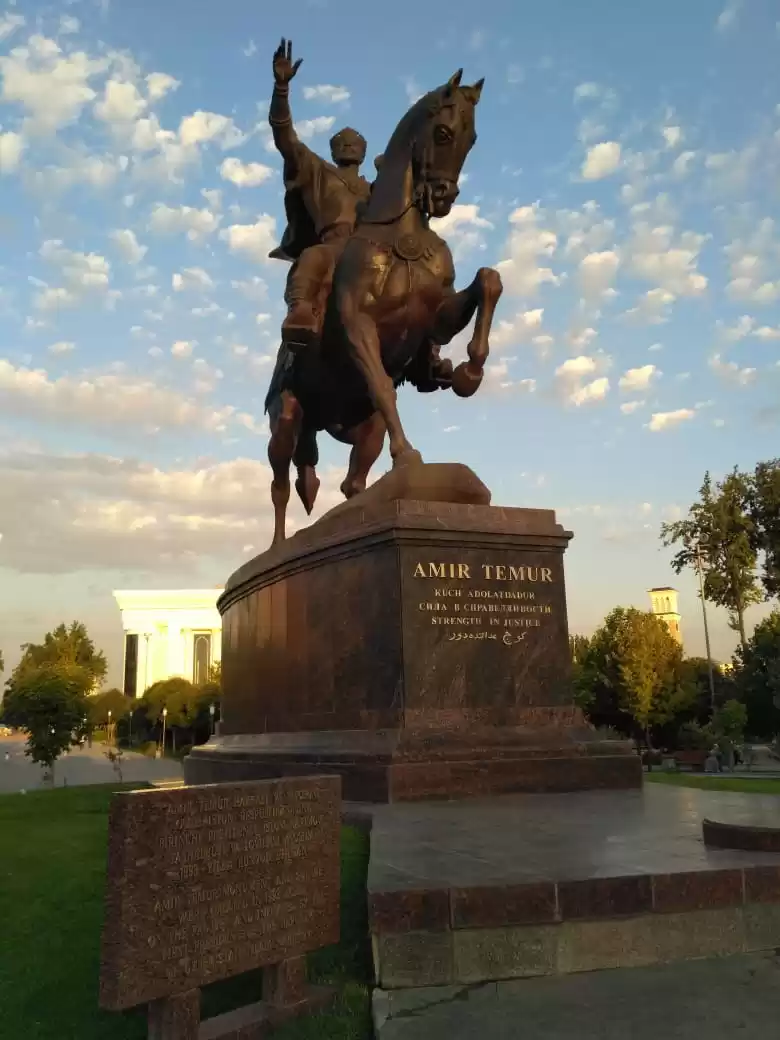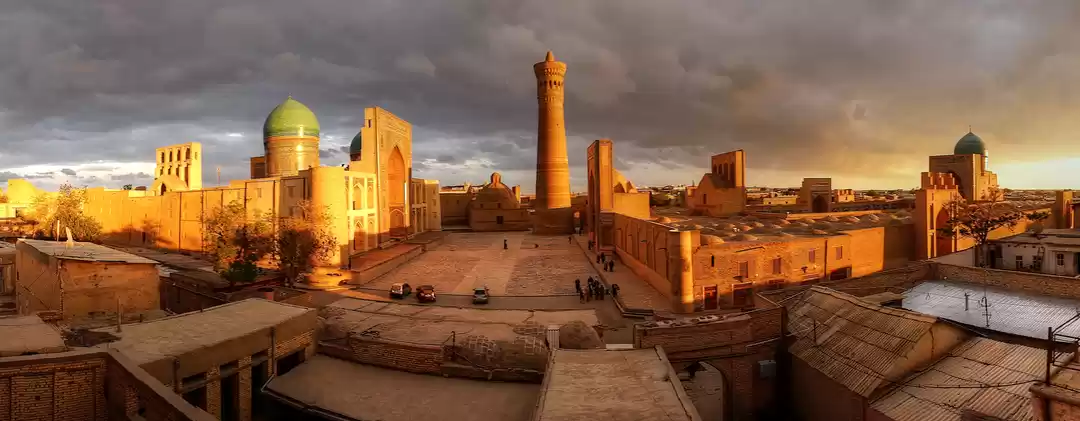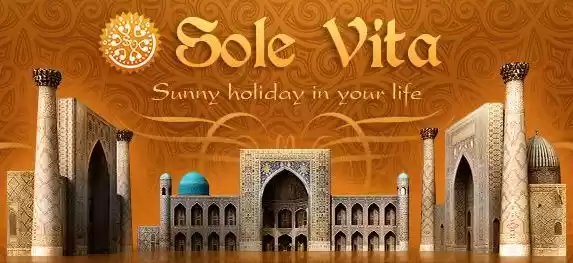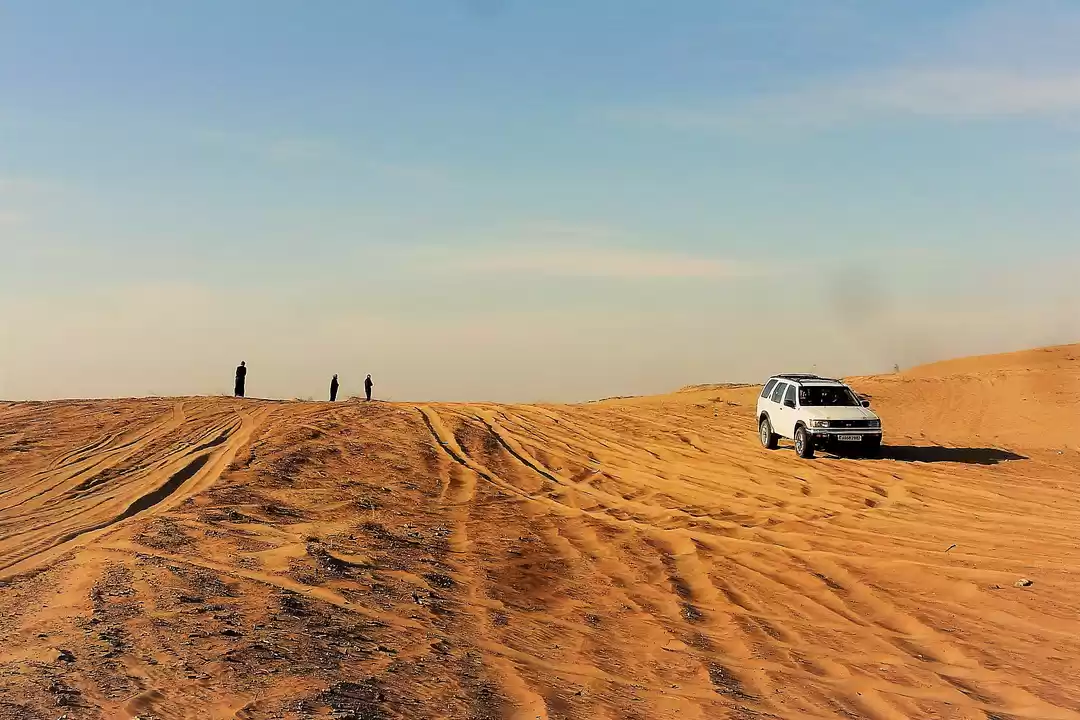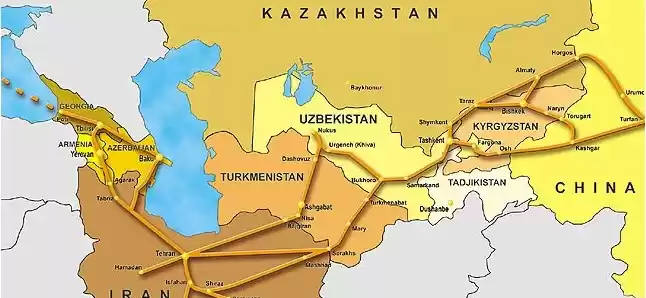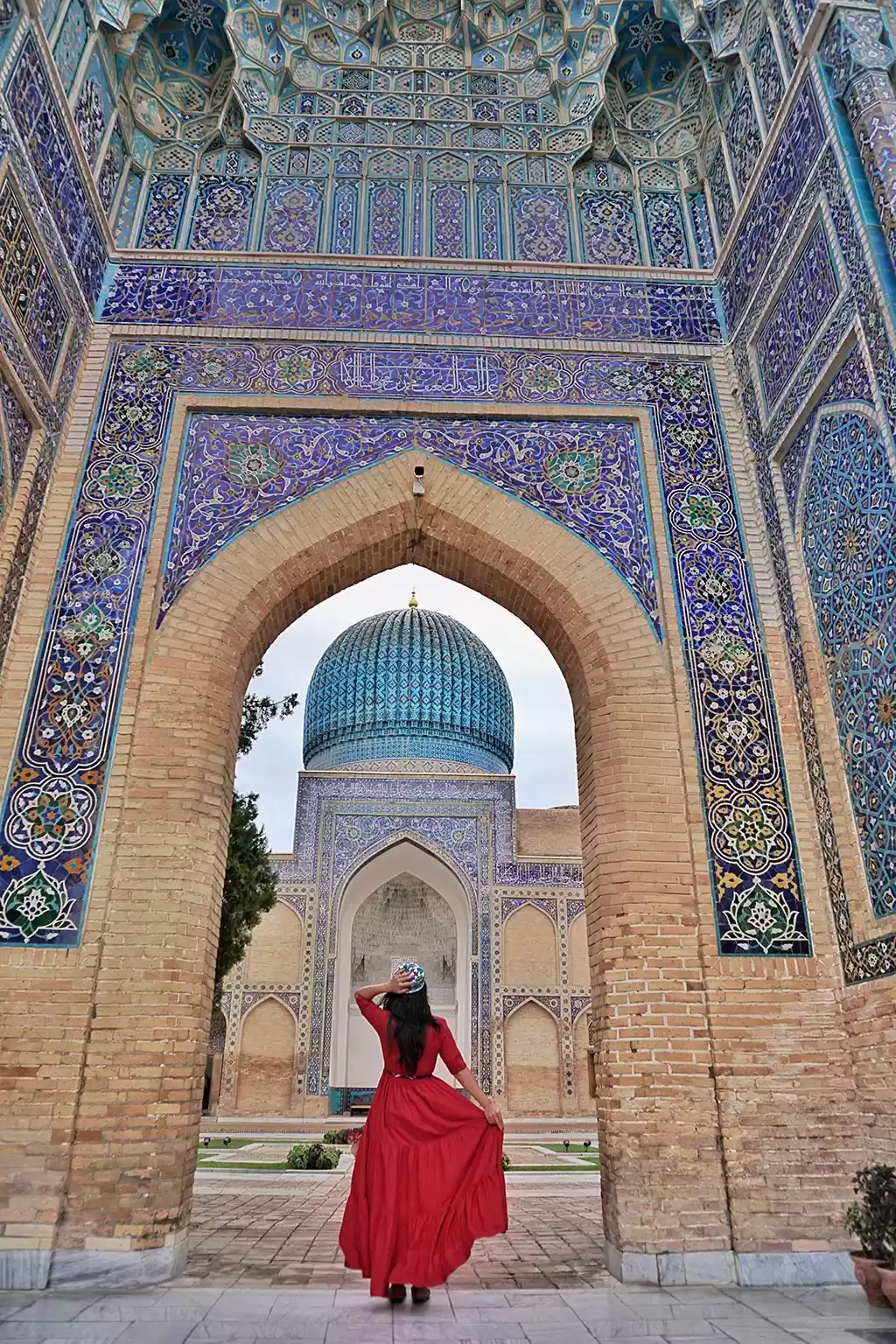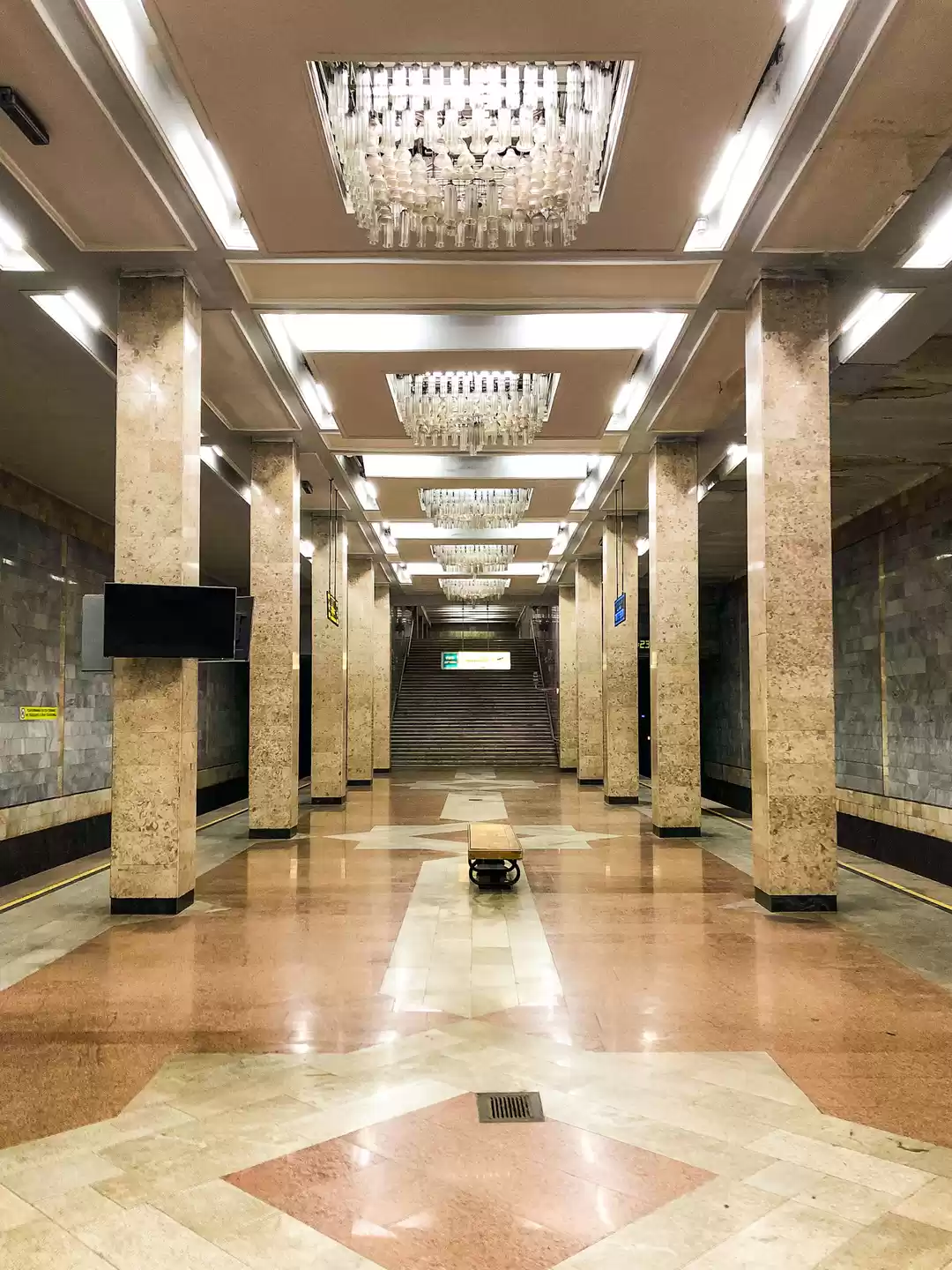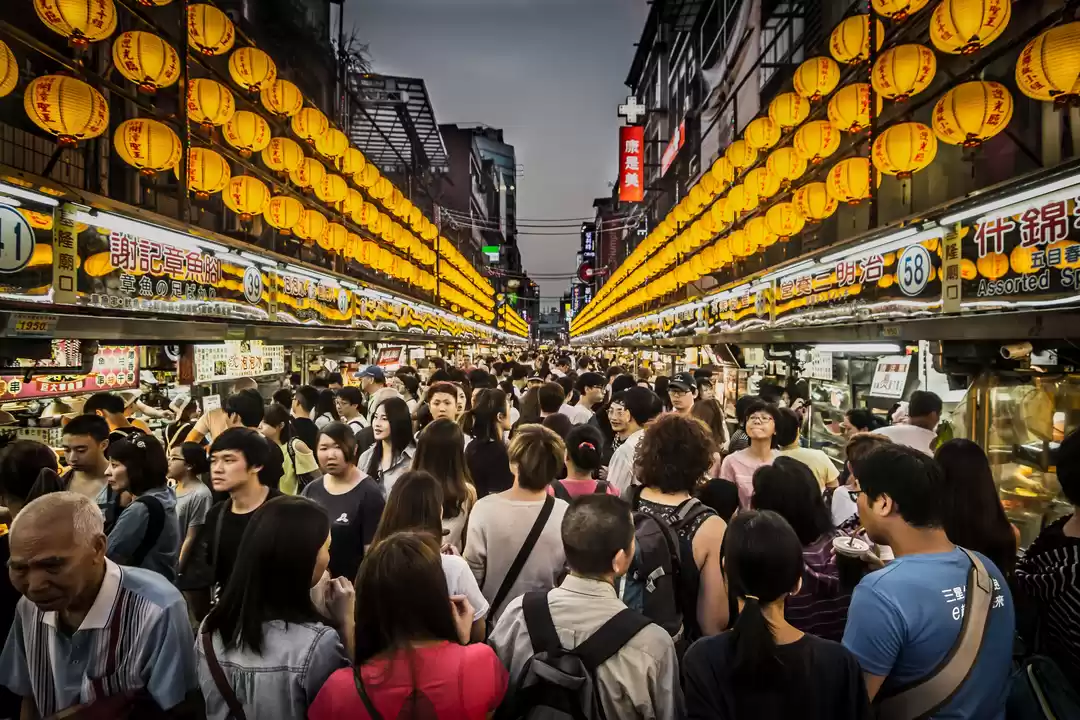



‘Munni badnam hui darrrling tere liye.’ We were having dinner in one of the infamous night clubs. A troupe of fair skinned beauties was performing a series of belly-dance-like gyrations. The first couple of songs had been in an unintelligible tongue. And then this sudden burst of Hindustani! I wondered whether my ears were deceiving me. But that was a song I couldn’t make a mistake about! This was Tashkent, the capital of Uzbekistan. I realized with a jolt that their clientele must be predominantly Indian – and I didn’t feel so proud of my countrymen.
Uzbekistan in Central Asia on the ancient Silk Road was once a member of the powerful Soviet bloc. A land that breathes history. The home of Temur, the conqueror, and Babur, the great Mughal. Samarkand, Bukhara and Khiva are heritage sites with no parallel anywhere in the world. In 329 BCE, Alexander the Great captured Samarkand. The first caravans may have appeared on the Silk Road around 138 BCE. In 104 BCE the Chinese Emperor Wu Ti sent a 60000 strong army to the Fergana valley to capture the ‘heavenly racers’ as the elegant horses of the region were known. The vanquished Uzbeks agreed to supply the Chinese with 300 horses every year.
Islam came to Uzbekistan in the early 8th century, soon after the death of the Prophet. After the Soviet occupation in the early 20th century, worship was forbidden and the mosques and madrasas were converted into shops. School children had to swear allegiance to Lenin, Stalin and other socialist leaders. Many writers, intellectuals and ordinary citizens were branded as dissidents and were either killed or exiled to Siberia. When the country gained independence in 1991 following the collapse of the USSR, the Uzbeks built the Memorial Complex of Repression at Tashkent to mourn the lost ones.
Uzbekistan is doubly land-locked, being surrounded on all sides by countries that are also landlocked – Afghanistan, Turkmenistan, Tajikistan, Kazakhstan and Kyrgyzstan. The water-starved Amu Darya was once the ‘mighty River Oxus.’ The landlocked Aral Sea in western Uzbekistan is fast drying up.
In every town and village people approached us with the innocent query, ‘Hindustan?’ That would be followed by a quick ‘Namaste!’ with palms folded. Unmindful of the language barrier, women and children asked to be photographed with us. Mention the Bollywood badshahs and they go into raptures. If you sing a Hindi film song, they will never stop loving you. Many of the elders have teeth of gold. And you get the feeling they have hearts of gold too!
The people of this country have suffered immensely – and their troubles are by no means over. In the early 13th century, Genghis Khan of Mongolia attacked Samarkand. The fortress fell and all the soldiers and civilians were executed. Khan’s next target was Bukhara, which was burned down in the midst of the Mongol attack, leaving few survivors. Next Genghis Khan turned on Urgench, which put up a stiff resistance. Having conquered the town he deported the artisans to Mongolia, took the young women and children as slaves and slaughtered the remaining 1.2 million people. The capture of Urgench by the Mongols is said to be one of the bloodiest massacres in human history. We drove through the town on our way to Khiva.
The Mongols used to decapitate their victims and make pyramids of the heads. This horrendous practice was continued by Temur who came to power 150 years later. Temur captured Delhi in 1398. As the civilians revolted they were slaughtered by the invaders, who flung the severed heads in pyramidal piles and cast the bodies to the vultures. Ughh!
The towns in Uzbekistan are peppered with remnants of the Soviet Era – metal statuettes of Lenin and Stalin gathering dust at the back of shelves in busy stores, medals once worn proudly on shirt lapels now being sold for a dollar apiece, an abandoned tank on the banks of the Amu Darya, and so much more.
Tashkent
Tashkent, the capital, is an elegant city with exquisite boulevards, parks, fountains, canals, and beautiful Russian architecture. The Hazratul Imam mosque with its magnificent blue domes houses a king-sized copy of the Koran intricately scripted on deerskin. Believed to have been written in Arabia in the early days of Islam, it was apparently seized by Temur. Temur’s statues appear in every city. After 1991 the statues of Lenin and Stalin were hastily removed.

The Lal Bahadur Shastri Memorial is a must-see for every Indian tourist. A bronze bust of our late Premier, who died in Tashkent, sits serenely in a park bordered by Shastri Street.
Samarkand
Samarkand, the capital of Temur’s vast empire from 1365, has many exquisite monuments, including the Bibi Khanum mosque built by Temur’s favourite Chinese wife. The Registan Square is bordered on three sides by massive madrasas. The Ulughbek madrasa is impressive in its design and detail. Ulughbek had also built an observatory reminiscent of Jantar Mantar in Delhi. Today it proudly exhibits a map of the great Silk Road and a depiction of the family tree of the Mughal dynasty. Babur, a direct descendant of both Genghis Khan and Temur, came from the Fergana valley. He captured Samarkand at the age of 15 but could not hold it. He eventually seized control of Kabul in 1504. In 1526 he defeated Ibrahim Lodi on the banks of the Indus and firmly secured his name in Indian history.
The mausoleum of Temur at Samarkand with its exquisite Persian interior design in purple and gold is a rare spectacle indeed. Temur had built a humble crypt for himself in his hometown of Shakhrisabz, but it was here in Samarkand that he was interred.

In the 20th century he was rudely awakened by Stalin who wanted to verify the authenticity of his mortal remains. Temur had died in Kazakhstan and had been buried there before his body was brought to Samarkand for re-burial, so one cannot blame Stalin for his doubts. The Uzbeks, however, believed that a curse would befall anyone who desecrated the grave of their revered hero. Two days after Russian archaeologists opened up Temur’s grave, Germany attacked Russia. It was June 1941. Later in Moscow the tests proved that the mortal remains were indeed those of Temur. Stalin made up his mind to return the sacred remains to Samarkand but the war was on and the way was difficult. A year later Temur’s bones reached Samarkand by a circuitous route and were finally restored to their rightful place in November 1942. A few days later the Soviets defeated the Nazis at the battle of Stalingrad. Allahu akbar!
Shakhrisabz
At Shakhrisabz, the humble crypt Temur had built for himself now holds the tombs of two royal women. The ruins of the Ak Saray palace, the tomb of Temur’s son Jahangir, the madrasa and mosque with an 800 year old chinar tree are some of the tourist attractions.
Bukhara
The Ismail Samani mausoleum at Bukhara was built in the 9th-10th century. It is semi-Zoroastrian in its structure and detail. The Arabs had captured Bukhara in 709 and held it for centuries. The Ark, the town fortress, is the oldest standing structure in the city. The Kalyan minaret built in 1127 and the mosque built in the early 14th century are located within the walls. When Genghiz Khan conquered Bukhara in 1220 he ordered the execution of 700 male children. A small memorial outside the main mosque reminds us of this gruesome deed. Nadir Shah of Persia conquered Khiva and Bukhara in 1740, a year after he had defeated the Mughals in India and plundered the peacock throne, the Kohinoor and the Darya-i-noor.


In a park in the heart of Bukhara stands an exquisite bronze statue of Mullah Nasruddin seated on his donkey. Tourists from the world over patiently line up waiting for their turn to be photographed with him. Nasruddin is a legendary character renowned throughout the Muslim world for his wisdom and witticisms. He is said to have been born in the 13th century in Iran or Turkey, but for the Uzbeks he is their own Nasruddin Hodja, born and buried in Bukhara. While his origins are clouded in the mists of time, his tales are told and retold endlessly in the caravanserais of the Silk Road and continue to echo around the world.
Khiva
Khiva was a great slave market from the 17th to the 19th century. The Ichan Kala or Royal Court inside the Khiva fort is a virtual open air museum. The Khan’s bedchamber has adjacent quarters for four wives and forty concubines.

Homeward Bound
As I passed through security check at Tashkent international airport to board my return flight to India I was in for a rude shock.
“Two cameras?” a policeman queried with a slightly raised eyebrow. A woman with two cameras must be up to something. KGB hangover, I said to myself.
“Yeah” I replied brazenly looking him in the eye. He didn’t seem convinced but he let me pass.
How to get there and around
Fly from New Delhi to Tashkent by Uzbekistan Airways. The flight takes about 3 hours. From Tashkent to Samarkand you can take the bullet train, a two hour joy ride. Samarkand and Bukhara have international airports while Shakhrisabz can be reached by road. There is an airport at Urgench (near Khiva). The currency used is the sum which at 3000 to a dollar has the potential to make you feel like a king. And by the way, the kababs are delicious, especially at the wayside eateries.


